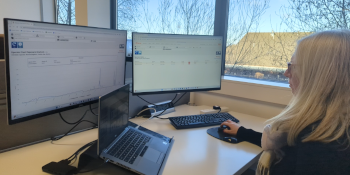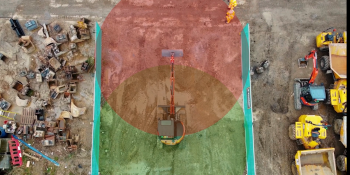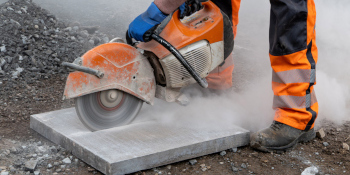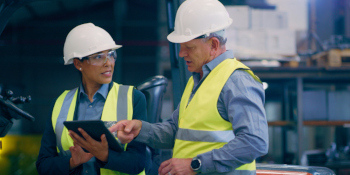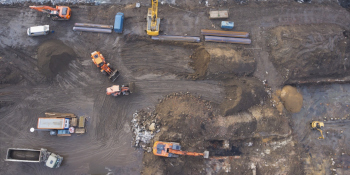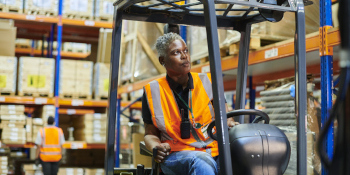A Data-Driven Approach to Hearing Loss Prevention
Hearing loss cannot be reversed, but it can be prevented with the right combination of tools and technology.
The hearing loss experienced by any one person is dependent upon a wide variety of factors that go beyond the volume or duration of their exposure to noise, and includes their work schedule, workload (both mental and physical), and other health conditions.
This is why a personalised, data-driven approach to hearing loss prevention is key to the success of any initiative to meaningfully mitigate a workers’ exposure to this irreversible risk.

Hearing loss among workers in the UK
According to the HSE, more than two million people are exposed to “unacceptable levels of noise at work” each year. Additionally, “noise-induced hearing loss (NIHL) is the second most common reason for employers' liability insurance claims for occupational health.”
Exposure to noise in certain environments - like construction worksites or manufacturing plants - is unavoidable. But this exposure - and efforts to mitigate the risks associated with it - must be taken seriously. And providing individual workers with PPE isn’t enough. Many workers do not even have the correct PPE supplied to them. Moreover, it’s not uncommon for workers to wear their PPE incorrectly.
And in industries where external risk factors for hearing loss are present, the risk that workers will develop NIHL even where PPE is provided and worn correctly, is high. Recent studies have shown that the construction industry in the UK has the highest risk of burn-out in the nation, followed closely by manufacturing. This is significant because mental and physical workload is known to be a major risk factor for hearing loss.
But the risk to workers caused by factors like inadequate or incorrectly worn PPE, fatigue, or exposure to noise goes beyond just hearing loss. When workers can’t hear warnings or verbal commands, their risk of injury from dangers like collisions or hazards can also increase.
The risk of NIHL and the associated risks that accompany hearing loss demand a more sophisticated approach to prevention: one that empowers teams to take control of their risk environment through reliable, accurate monitoring that enables swift, effective action. This is especially true in environments - like construction worksites - where noise levels and exposure can vary dramatically day-to-day.
A solution like Smart Alert - an ear plug that not only provides protection from noise but also monitors the level of noise entering the ear, is an ideal way to prevent hearing damage in the workplace. Reactec has partnered with Minuendo - the creators of this revolutionary technology - to enhance Smart Alert with powerful Analytics that empower duty holders and individual workers with the insight they need to take faster preventive action.
How a sophisticated, data-driven approach to hearing prevention benefits workers
Hearing loss prevention isn’t reversible, but it is preventable. Get in touch with our expert team to discuss our solutions for NIHL, and take strides to start better protecting your workforce, today.

